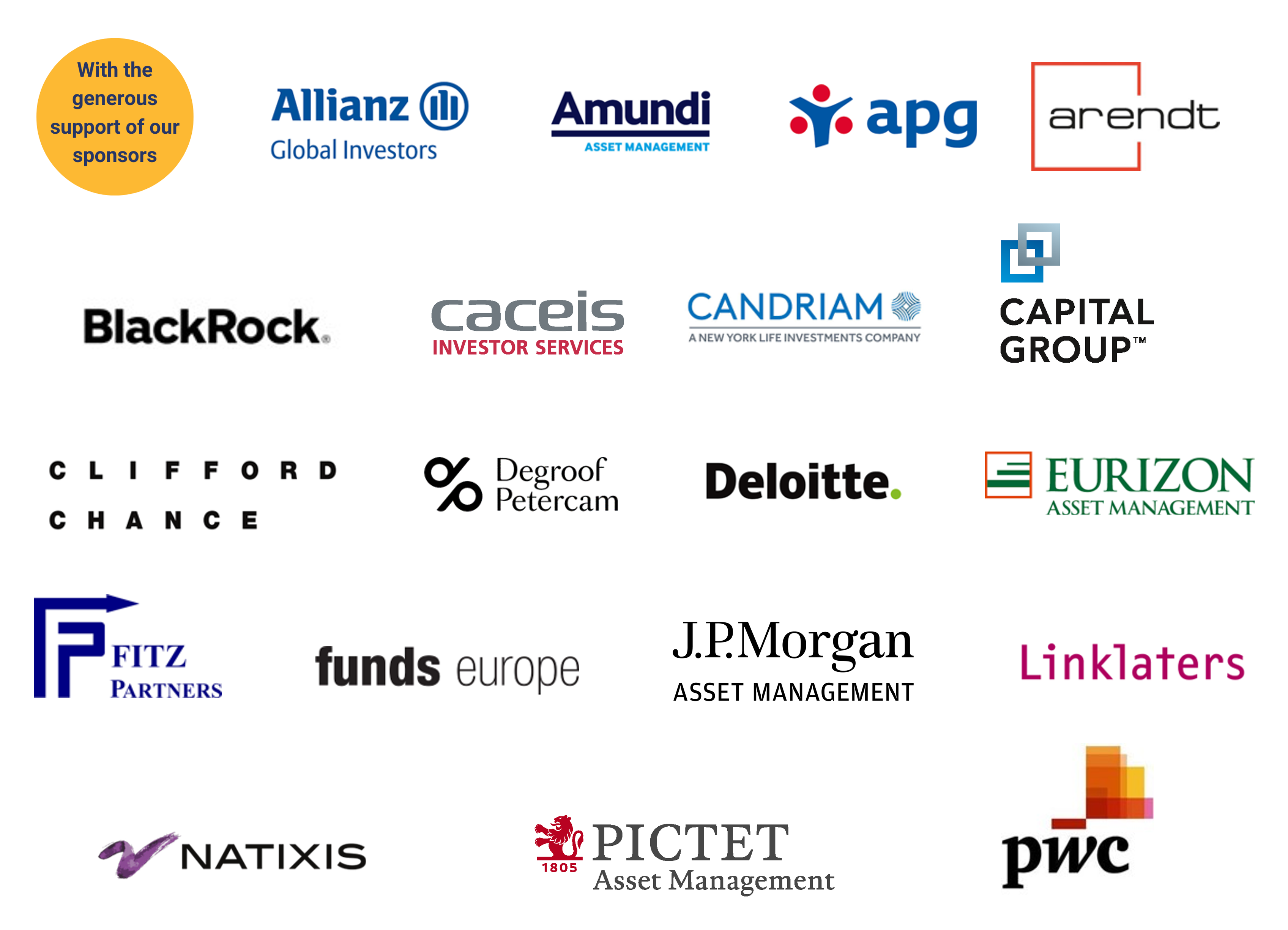The Joint Associations1 welcome clarification from ESMA that national competent authorities are expected not to prioritise supervisory actions in relation to the application of the CSDR buy-in regime.2
The Joint Associations1 welcome clarification from ESMA that national competent authorities are expected not to prioritise supervisory actions in relation to the application of the CSDR buy-in regime.2
The investment industry and policymakers must co-ordinate efforts to promote funded retirement savings and improve financial literacy to ensure that billions of people can live comfortably in their later years and, in the process, ease the fiscal pressure on governments. Financially-literate individuals are more likely to make better-informed financial decisions and to understand the benefits of long-term investments.
EFAMA has today published its latest monthly Investment Fund Industry Fact Sheet, which provides net sales data on UCITS and AIFs for October 2021, at European level and by country of fund domiciliation.
The main developments in October 2021 can be summarised as follows:
With 2021 drawing to a close, we wish you a safe and peaceful festive season. Join us in welcoming 2022 with hope and optimism.
On 1 February, Tanguy van de Werve, EFAMA's Director General has been invited to speak at the ESAs high-level conference on financial education and literacy. He will participate in the panel in a panel on 'Financial education and Capital Market Union' together with: Tatyana Panova, Head of Unit, Capital Market Union unit, European Commission (DG FISMA); Jean-Paul Servais, Chairman of the Belgian Financial Services and Markets Authority (FSMA) and vice chair of the IOSCO Board, and Aleksandra Mączyńska, Executive Director, Better Finance.
The European Fund and Asset Management Association (EFAMA) has released the 13th edition of its Asset Management in Europe report, which provides in-depth analysis of recent trends in the European asset management industry, focussing on where investment funds and discretionary mandates are managed in Europe.
We see great value in the creation of a consolidated tape to support Europe’s capital markets. However, we qualify that statement with a reminder that the framework for a successful consolidated tape should
i) address the known market failure around market data costs,
EFAMA today published its latest quarterly international statistics, tracking and analysing trends in worldwide regulated open-ended fund assets and flows for Q3 2021.
The main developments can be summarised as follows:
EFAMA welcomes the decision of the European Commission to adopt a targeted approach in its review of the Alternative Investment Fund Management Directive (AIFMD), along with key harmonising provisions within the Undertakings for Collective Investment in Transferrable Securities Directive (UCITSD). This focus on targeted improvements recognises the role this framework has played in encouraging the growth in the European Alternative Investment Fund (AIF) market over the past decade and its resilience even throughout recent market stresses.
EFAMA strongly supports the Commission's draft proposal amending the ELTIF Regulation where it addresses some of the major obstacles that have undermined the attractiveness of the ELTIF product since inception. The revised legal framework has the potential to transform ELTIF into a product of choice for a larger (retail) investor audience, all while serving the purposes of the Capital Markets Union (CMU). However, some important adjustments remain to be made for the ELTIF regime to reach its full potential as a competitive long-term investment option.
The European Commission’s proposal on MiFIR establishes the blueprint for a consolidated tape (CT) for Europe’s capital markets. It also significantly alters the competitive market structure brought about by MiFID II by introducing greater transparency requirements. Finally, it addresses important issues around market data costs.
EFAMA replied to IASB’s request for information on the Post-Implementation Review (PIR) of IFRS 9 – Classification and measurement. Our paper recaps EFAMA’s key concerns and recommendations to the IASB. The key concerns of the industry are the removal of recycling (in particular for institutional investors) and the classification of investment entities and investment funds as debt instruments.
We commend the work that IOSCO has undertaken to date on this topic including the survey work and the summary findings in the form of the report currently under review. It is fair to say that the conclusions of the report and areas for further work gave rise to detailed discussions within our industry, yielding ultimately firm views on the priority areas that we support and see value in, and areas we felt were not reflected in the study and thereby building risk into margining models in future crisis scenarios. These areas are fur
For asset managers the main issue continues to be the reclassification of ETDs as OTCs as a result of the non-equivalence of UK regulated markets. While we understand that a review is legally mandated at this point in time, we do not see value in recalibrating the various thresholds or making changes to the calculation methodologies unless these are in the two areas we define below. Our main concern revolves around the fact that changes would carry significant compliance costs while making little impact on the population of counterparties and notional captured by the thresholds.

Discover the 6 reasons why your organisation should become a member of EFAMA.
Our members enjoy significant benefits including the opportunity to shape the industry positions, get first-hand access to regulatory and political intelligence, engage with industry peers and policymakers, and take part in EFAMA events.
Our three membership categories cater to the wide range of organisations that make up and support the investment management industry in Europe.
